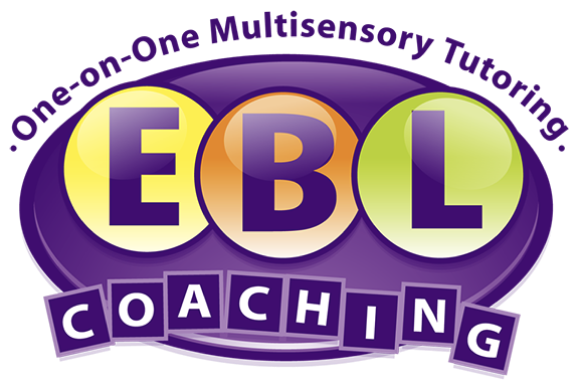Winning Writing Strategies
by Dr. Emily Levy
(Originally published in Big Apple Parent Magazine, April 2007)

For many students, the thought of having to write a well-constructed essay causes a chronic case of the jitters. Adding a time constraint to this task only fans the flame of their already raging anxiety. Unfortunately for many, an increasing number of standardized and in-class tests incorporate timed essay writing as part of an overall academic assessment. Learning strategies for composing a well-written essay in a timely fashion can help students feel relaxed and well-prepared for these types of exams. Encourage your child to try using some of these techniques!
The Prompt
When students are asked to write an essay, they are usually given a prompt, generally a statement to let students know the general topic. Some prompts might include: Discuss your idea of a Utopian world, Describe the advantages of technology. Or, explain how eyeglasses and the sewing machine have had important influences on our lives.
Students should take particular note of directive words such as discuss, describe, and explain. Other directives might include analyze, compare, contrast, compare and contrast, and persuade. Students should always underline the directive after reading the prompt to make sure they answer the question correctly. You may notice that your child sometimes veers off topic when answering an essay question. By identifying and underlining the directive, he or she can avoid making that mistake.
After reading the prompt and underlining the directive, students should rewrite the prompt in their own words. This step ensures that the student is aware of precisely what the prompt is asking and how to correctly write the essay.
Brainstorm
Before writing, students should always organize their ideas on paper, even if they are under a tight time constraint! This step helps ensure their essay will be well-organized and include the necessary information in a structured format. What is the best style for brainstorming? Students may have their own preference for jotting down their ideas, but one useful strategy is to create a web diagram.
For this strategy, students should draw a vertical web diagram with a box on top for the opening and thesis statement, three bubbles beneath it, and a box at the bottom for the conclusion paragraph. They should write their opening sentence inside the upper part of the box for the introduction paragraph, and their thesis statement inside the bottom part. They should then create branches stemming out of each bubble with ideas for the body paragraph.
After completing their brainstorm diagram while practicing, students should write an estimated time (ET) detailing how long they think it will take them to complete their essay. When they have finished writing and self-checking their work, they should write the actual time (AT) it took them to complete the process. By practicing this step, students will develop time management skills and gain a realistic sense of how long it might take them to complete their essay during the exam.
The Essay
It’s time to begin writing! Students should note that the hard part is done, they have already detailed the ideas which they will include in their essay. Now they must translate that information into words to form a well-organized essay.
How do I begin writing? This is a question students frequently ask themselves, and often struggle with. Learning five options for opening their essays can be a helpful tool. To add variety, students can also start their essays with a question (Have you ever wondered how lasagna is made?), quotation (If it aint broke, don’t fix it), opposite statement (Some people believe that all water is safe to drink), or a story (David decided to go for a hike one day). These alternate choices can help your child add creativity to his or her essay.
The thesis statement is another sentence that gives students trouble when writing, and it can be considered one of the most important parts of the entire essay. A thesis statement should be composed of an opinion and a plan.
When writing, students should remember to use transition sentences at the beginning of each body paragraph. They should also start their conclusion paragraph by restating their thesis statement, and end their essay with a unique thought or idea.
Self-Checking
Self-checking is a step many students love to leave out! Students often lose points because of careless mistakes they could have fixed by self-checking their work. Here’s a helpful self-checking tool:
C
T
O
P
S
C stands for Capitalization
T stands for Tense (students should make sure they use a consistent past or present tense)
O stands for Organization (students should include an opening, a thesis statement, well-organized body paragraphs, and a conclusion paragraph)
P stands for Punctuation
S stands for Spelling
Students should be sure to re-read their essay five separate times to check for each element on this list. Once they have finished brainstorming, writing, and self-checking their essay, they should look at the clock and record AT, the actual amount of time it took them to complete this process.
The more students practice these strategies, the easier and less daunting the essay writing process will be come. With these tools, students will be well on their way to writing a good, well-organized essay for any timed exam.
